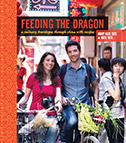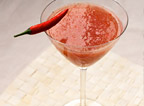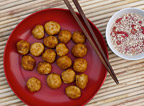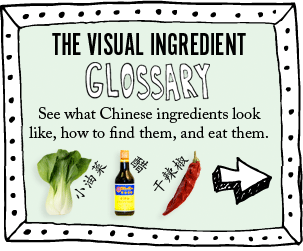little giant panda cub born at san diego zoo

The San Diego Zoo announced yesterday that a Giant Panda cub was just born healthy and strong. The mother, Bai Yun (White Cloud), is on a research loan to the U.S. from China. This cub is only the 14th panda in the U.S. and they don't know yet if it is a male or female.
I've been fortunate enough to visit the Chengdu Panda Breeding and Research Center in Sichuan province in China on several occasions. Giant Pandas are the national animal of China (one of the mascots of the 2008 Olympics) and their well-being is very important to the country. This Chendu research/breeding center puts a lot of effort into breeding and caring for them. There's also a museum there where they show a film of a Giant Panda giving birth. If you can imagine it was kind of gross and I was shocked when the cub popped out. It was pink and hairless and no bigger than a dog puppy. Apparently it takes awhile for the cubs to get that cute and fluffy look.
Once I was lucky enough to see one year-old cubs pouncing on each other in their play pen and munching on bamboo stalks during feeding time. Of course everyone knows Giant Pandas are dangerous, but they sure are cute. They always look like they're smiling and any pictures they take look posed.
Welcome to the world little cub!
-Mary Kate
 culture,
culture,  current events
current events 















